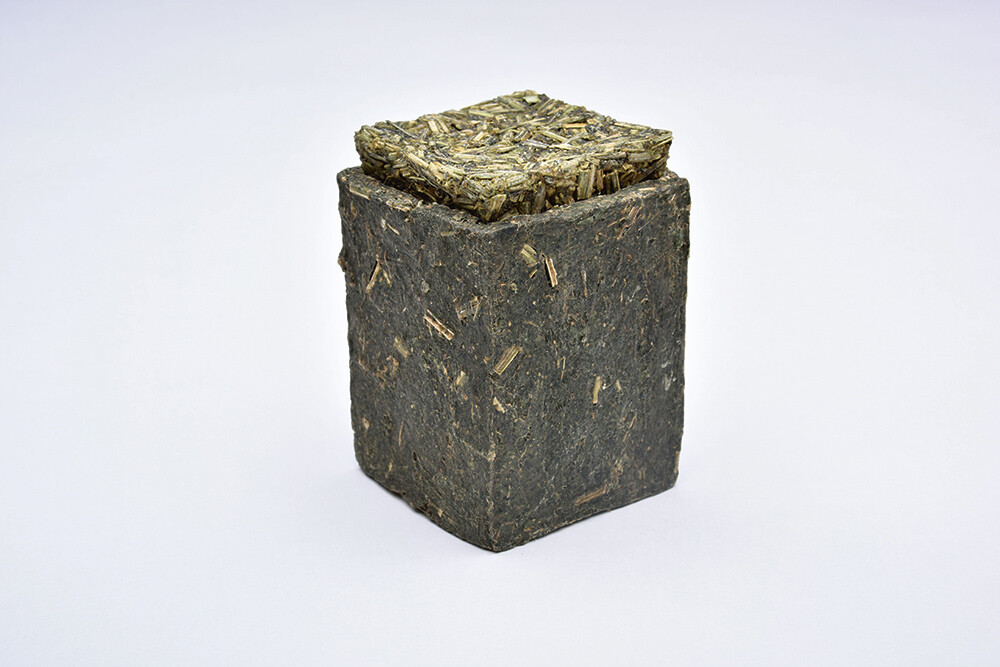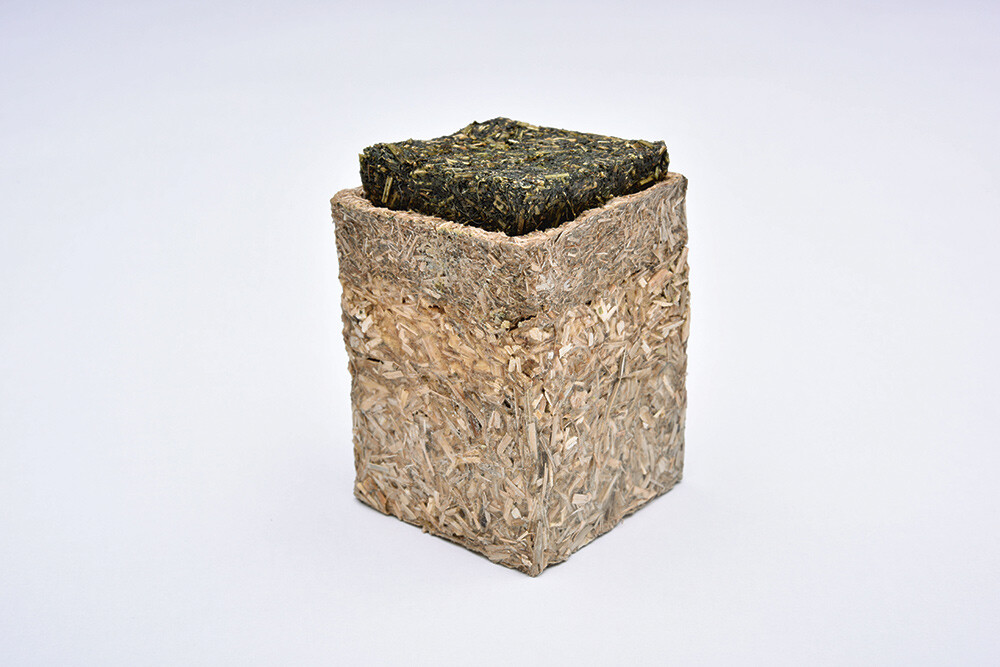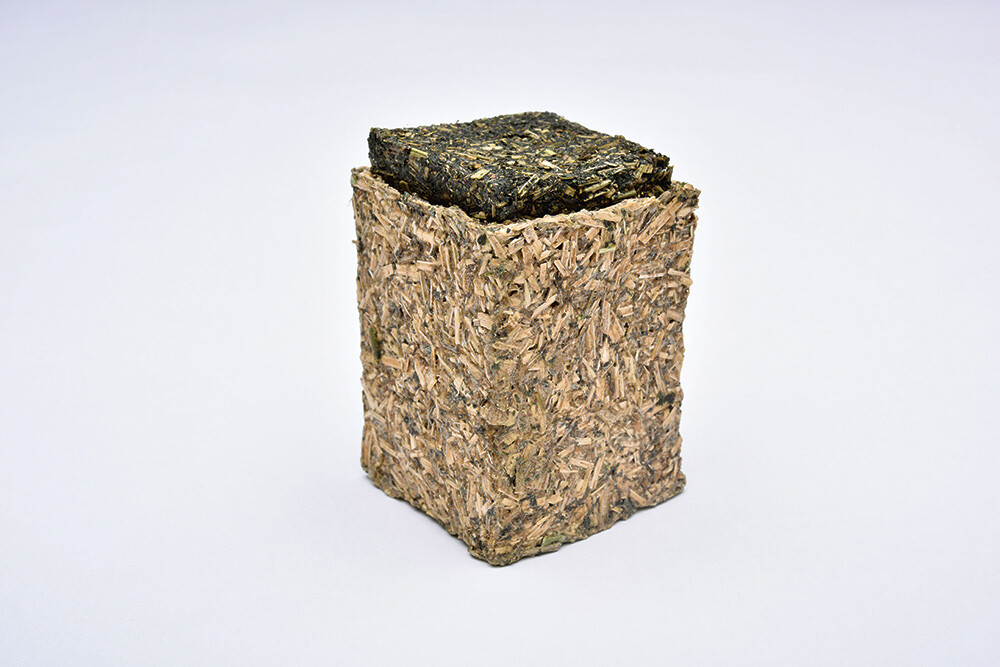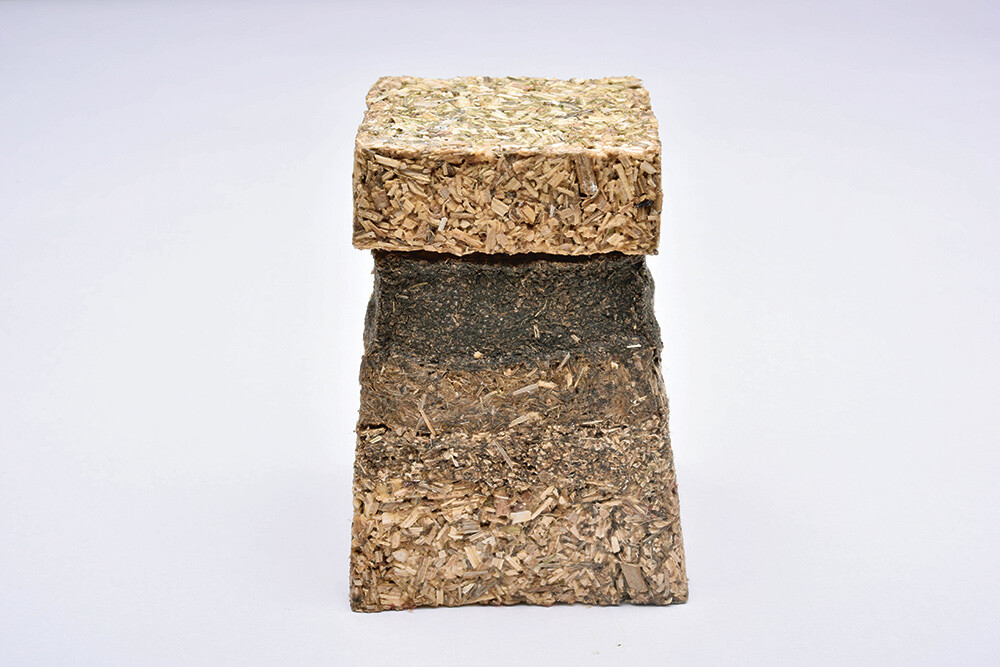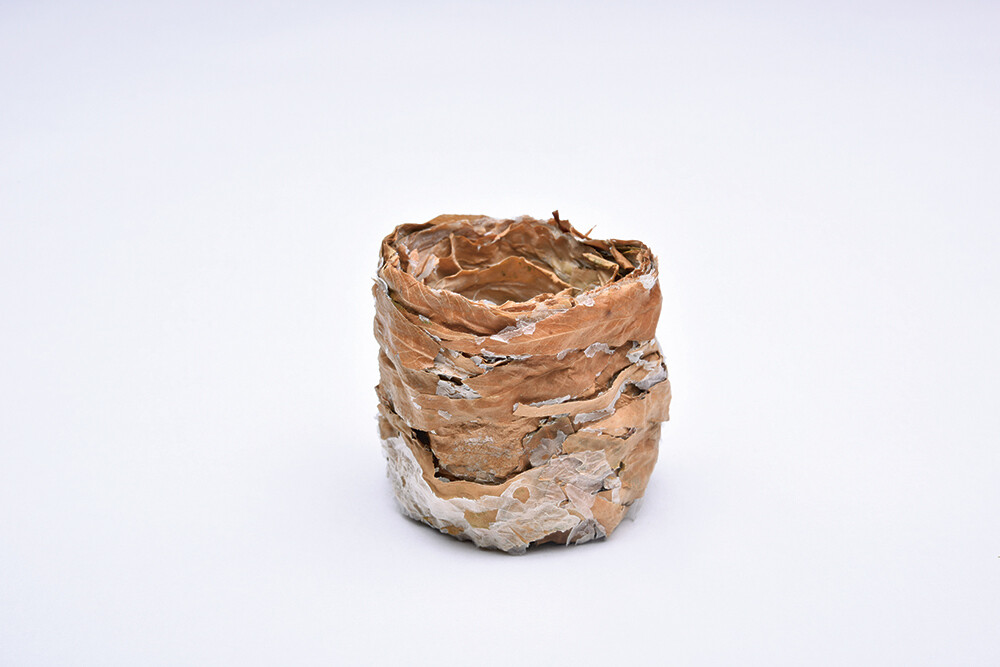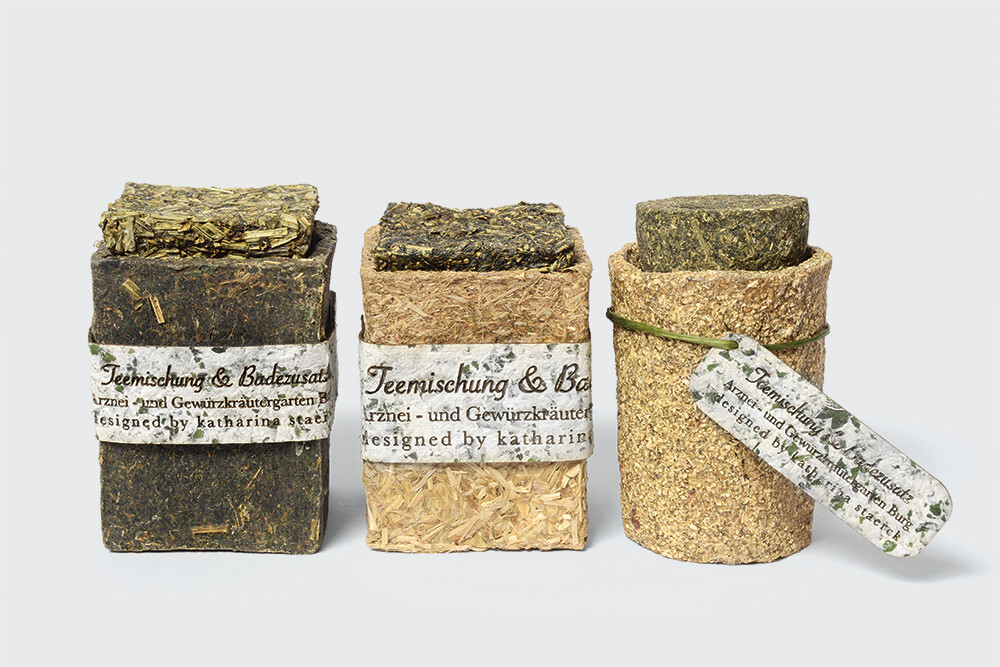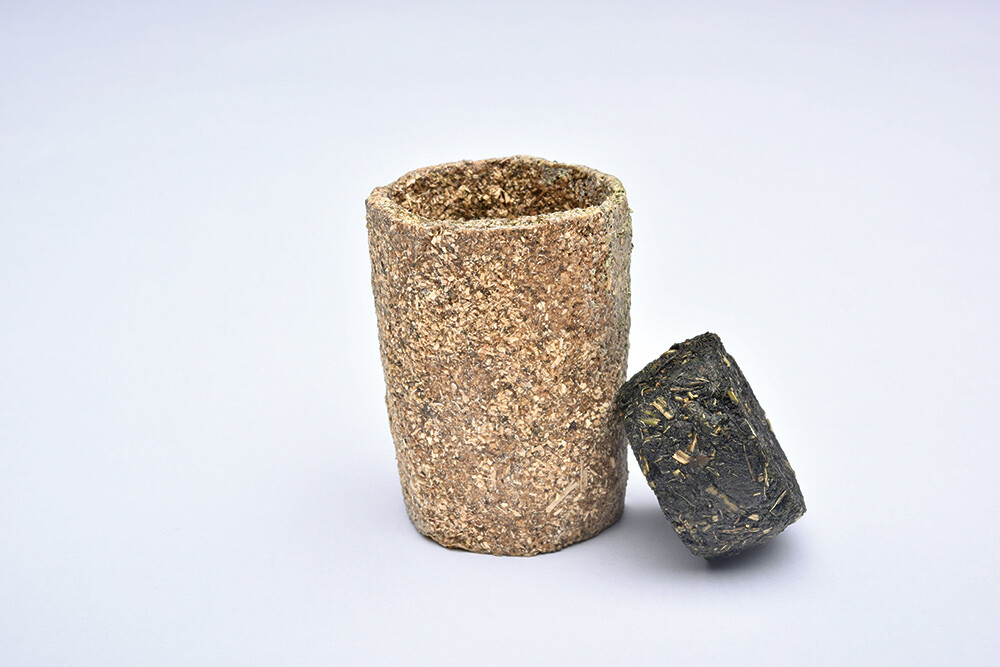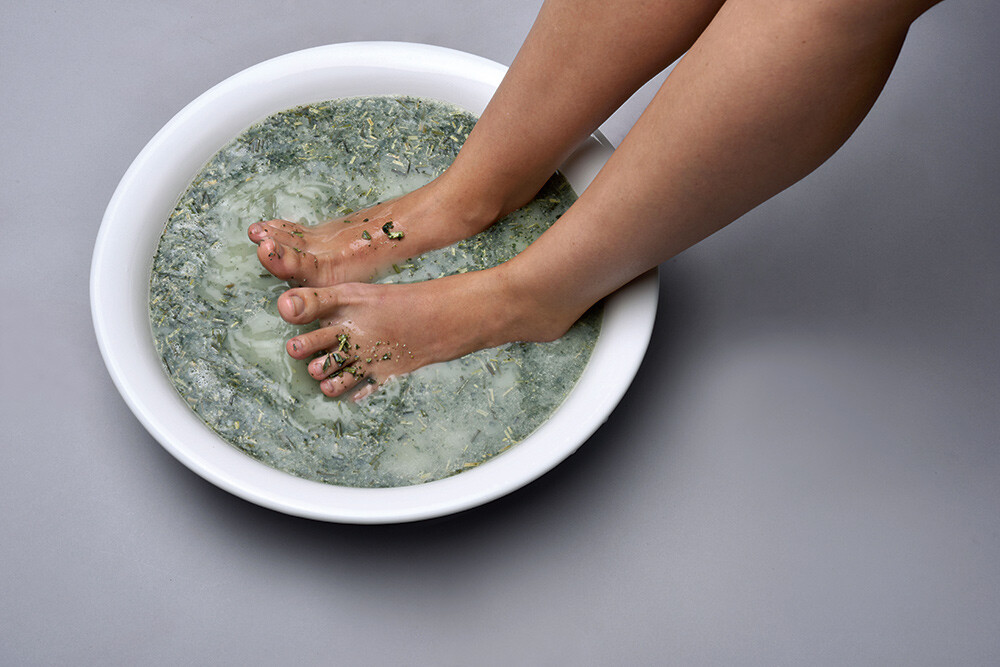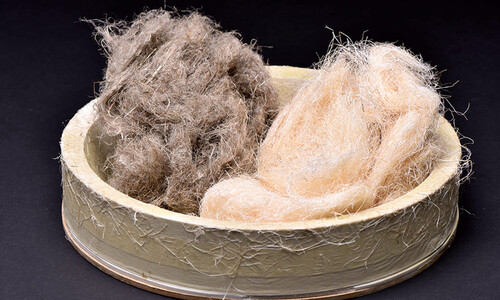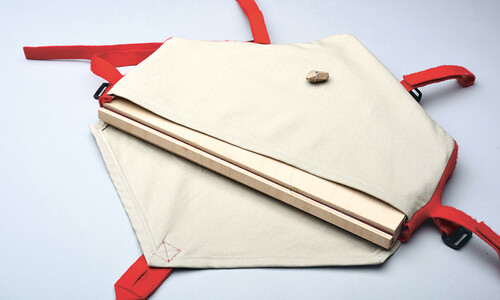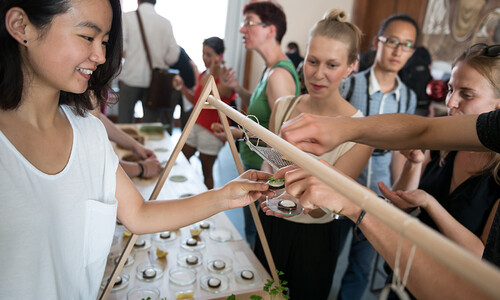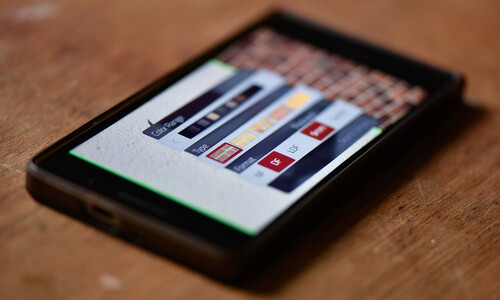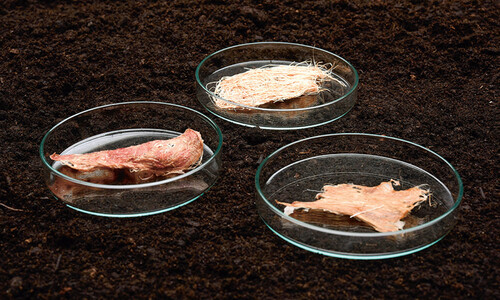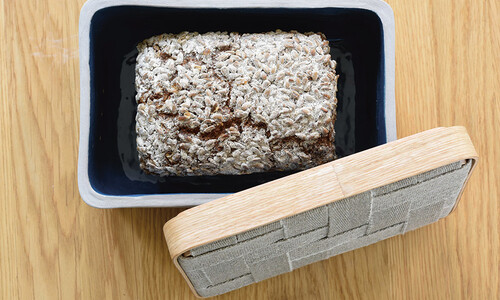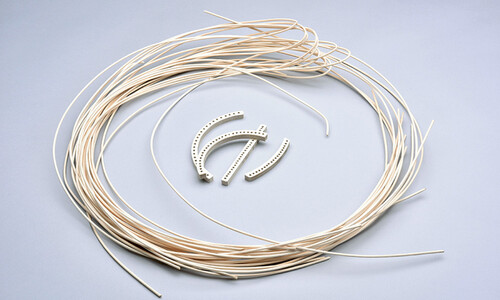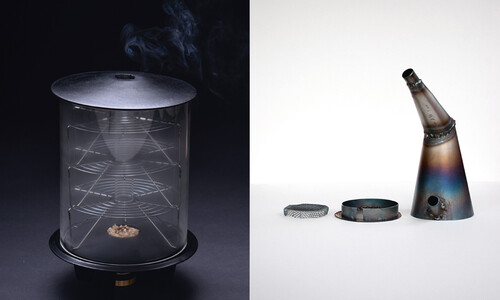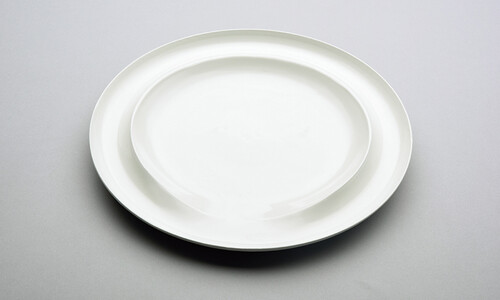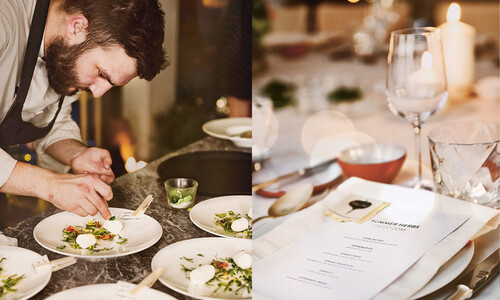The medicinal and herb garden in Burg has existed since 1992 and is located in the Spreewald Biosphere Reserve. It includes a range of over 600 medicinal, seasoning, and historic cultivated plants. While this diversity is impressive, its sheer scope makes it hardly manageable for the average visitor.
In contrast, the selection in the garden’s shop is quite limited: a small assortment of seeds, books, souvenirs, and various tea blends grown in the garden. The packaging also appears modest and conventional; in particular, the plastic bags used for the tea blends do not seem appropriate. Are there not much better ways to draw attention to the products, raise awareness of their context, and truly make use of the garden’s potential? Could the herbs not be used in a more holistic way — including their packaging?
The project therefore focused on developing an ecological alternative to the current tea packaging. It should be directly based on the raw materials found in the garden or nature, harmonize with its contents, be suitable for meaningful and sustainable reuse, and ultimately produce no waste. The key to this approach was found in a biocomposite workshop with designer Mareike Gast, where it became clear how much stability can be achieved using natural materials. From simple, easily accessible, and eco-friendly ingredients, unusual and functional objects can be created that are useful in many ways and visually appealing.
My tea packaging consists of components from the nettle plant and can be optimally reused as a bath additive after use. The main challenge was developing the perfect recipe. The composite of nettles and natural binders needed to provide enough stability as a container while also dissolving easily in water. Ingredients such as baking soda, citric acid, and baking powder produced a gentle fizzing effect. The visual appearance was also explored: by adjusting the degree of fragmentation and varying the proportions of leaves and stems, the coloration could be influenced in many ways.
The result is a series of minimal vessels that, despite being made from the same base materials and with the same method, each possess an individual uniqueness. Their special character arises from the interplay between the raw, unusual materiality and the contrasting geometric shapes. The project also sees itself as an attempt to rethink and reinterpret existing cycles and entrenched structures.
